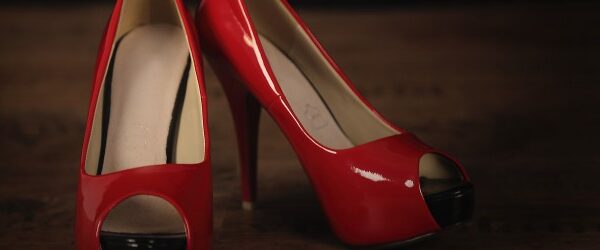The High Heels Row

Do you remember this time last year, when a London receptionist was sent home on her first day for not wearing high heels? Well, unlike other stories of its kind, this one hasn’t gone away. Instead, Nicola Thorp, 27, took matters into her own hands and petitioned the government for change. Her petition, which has now gained over 152,000 signatures, called for the government to make it illegal for companies to require women to wear high heels at work. She claims that “dress code laws should be changed so that women have the option to wear flat formal shoes at work if they wish.” Well, true to their word, government have debated the issue and come to a decision. But before we tell you what that was, let’s have a look back at some other interesting employment law cases centring around dress code issues.
Skirts Or Trousers?
If we rewind the clock by 39 years we would be standing in 1977, a time when it was still heavily enforced that women wear skirts and men wear trousers in the workplace. This same year Marianne Schmidt, a local bookstore employee took her employer to court over their discriminatory dress code – particularly the fact that women could not wear trousers in an environment where they were climbing up and down ladders every day. However, the courts decided that since both men and women were subjected to restrictions (even though they were different) there was no discrimination.
Hairy Situations
Fast forward a few years to 1955 and a Mr Smith, who worked at a Deli counter in Safeway. Their dress code was that employees should dress in a ‘smart and conventional way’, however when it came to hair the rules were quite clear. Men had to keep their hair above their collar, while women were allowed shoulder length hair provided it was tied up away from their face in a ponytail. Smith sported shoulder length hair and a ponytail, and was subsequently dismissed for dress code violation. When taken to court the initial tribunal didn’t think this was discriminatory, but the Employment Appeals Tribunal disagreed. It went on to appeals court, who ultimately agreed that it was not discriminatory, following the same logic as the Schmidt case.
Ditch The Shirt And Tie
Finally looking back as recently as 2004 we see an employee of the Department for Work and Pensions bring forward a case questioning the requirement for men to wear a collar and tie at work. He claimed that this was discriminatory, as the level of smartness required by applying the conventional standard of dress could only be achieved by men by wearing a collar and tie, and so was needlessly restrictive. Women do not experience this same restriction, so it should not be necessary to restrict men’s choices. The courts agreed with him.
The High Heels Decision
And here we are back in 2017, where the issue of high heels is being debated. Should companies be able to force female workers to wear high heels? Well, after much debate (which you can watch here), politicians decided that the law in this case was adequate, and should not be changed. To clarify, the law states that employers can dismiss staff who fail to live up to “reasonable” dress code demands, as long as they’ve been given enough time to buy the right shoes and clothes. They can set up different codes for men and women, as long as there’s an “equivalent level of smartness”.
This decision was only announced on the 21st of April, but already it has caused a flurry of debate about employers across the country who flout laws like this. Nicola Thorp called the government’s decision a ‘cop out’, pointing out that they even admitted they knew there were employers who aren’t aware and even flout this law. If you’re not sure where you stand (in heels or not) with your dress code, or any other area of employment law, get in touch with the team at Caversham Solicitors for some friendly advice.




